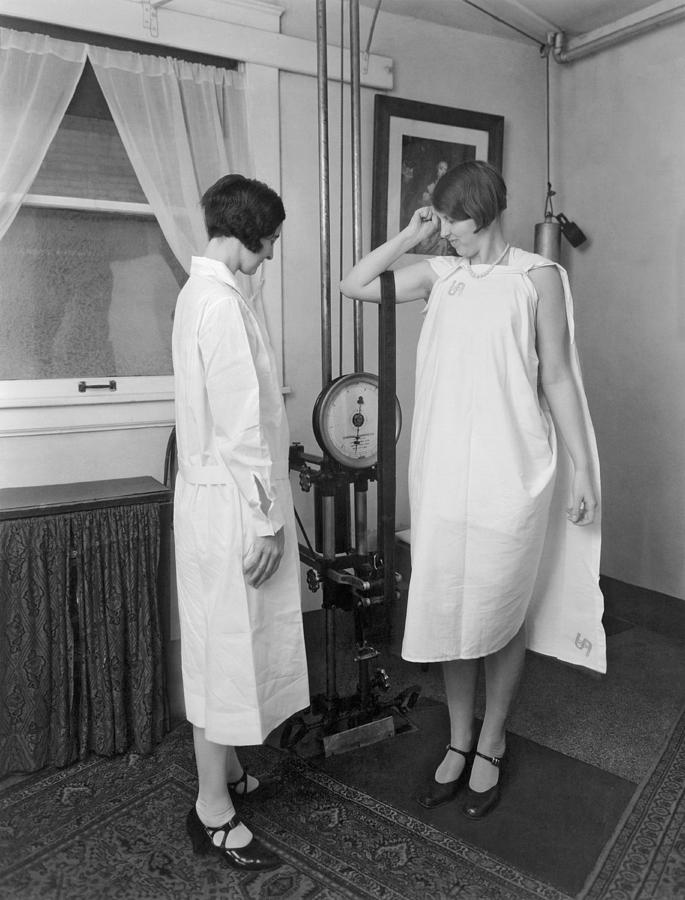

#Kellogg sanitarium free#
The church’s faith was free its services were not.

A routine of prayer and a vegetarian diet, without alcohol and tobacco, was easy to follow and preserved a high standard of daily health. The church promoted adherence to kosher laws, including abstinence from pork, shellfish and coffee. It advocated a holistic life available to people who couldn’t afford to be sick.

Formally founded in 1863, the organization linked spiritual health to physical well-being. Into this impoverished world came the church of Seventh-day Adventists. Being sick, like being poor, was the fate of the weak and lazy. The dominant Protestant ethos added to this misery by defining good health as a benefit of moral rectitude. Workers depended on relatives, churches, charities and no-charge hospitals, which stumbled when tuberculosis, asthma and cholera afflicted industrial cities. Without care, they couldn’t get better to return to their jobs. When they got sick, they couldn’t earn money to pay for care. The buyer was a health pioneer, the Battle Creek Sanitarium.īefore our present-day insurance plans and government-backed medical programs, working-class Americans lived Catch-22 lives. A good Angeleno, he flipped the property a year later. First it was a school and then an investment for Glendale city father Leslie Brand, who had bought the building by late 1904. It was in a field acquired after the California courts settled ownership of the vast San Rafael and La Cañada ranchos in favor of land-maneuvering gringos.Īs it turned out, the hotel never opened, a casualty of another recession. Newsom to build the Glendale Hotel along what is now Broadway. In 1886, early developers hired boomtown architects Samuel and Joseph C.


 0 kommentar(er)
0 kommentar(er)
